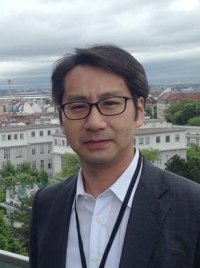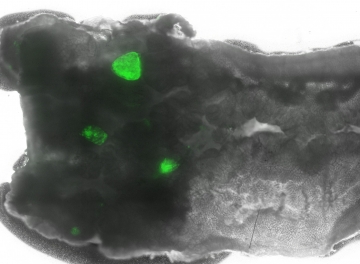IBD, and beyond: Extracellular matrix dictates cell fate transition during inflammation

Shiro Yui,
Assistant Professor of Center for Stem Cell and Regenerative Medicine at TMDU
Inflammatory bowel disease (IBD) is a chronic inflammatory disorder in the human gut. In one subset of IBD, patients have to be treated lifelong for lasting distressing symptoms such as bloody stool, abdominal pain and weight loss. IBD is even life-threatening in the case of severe inflammation or cancer. Medical care of IBD has improved in the past 20 years, but further improvement is necessary. Prolonged inflammation seen in IBD indicates that cell regeneration is impaired. We need to understand the process of regeneration of intestinal epithelial cells (IECs) to understand IBD.
My research was initiated with the invention of the primary culture system of IECs in 2009 at TMDU under the supervision of Prof. Mamoru Watanabe and Prof. Tetsuya Nakamura. In the system, Collagen Type I gel is used as extracellular scaffold, and IECs are formed into a spheroid that we named “TMDU sphere.” We originally reported epithelial regeneration after transplantation of TMDU spheres, which showed the feasibility of cell-based therapy for IBD. Recently, the unique character of the TMDU sphere was finally identified. In the course of intensive analysis over nine years, the similarity to fetal enterospheres developed by Prof. Kim Jensen at University of Copenhagen was discovered. This provided a novel insight for understanding the system of ‘fetalization’ in IECs, which is indispensable for regeneration, and illustrates a useful scheme for understanding how inflammation induces regeneration.
Drawing on the intersectional research community of physicians and basic biologists, and through the international ties between TMDU and University of Copenhagen, I will expand my research to investigate IBD in a more scientific manner. Our goal is to improve clinical achievements in various types of inflammatory disorders beyond IBD.

Murine TMDU sphere (green) transplanted in colon
Journal Information
Cell Stem Cell, doi: 10.1016/j.stem.2017.11.001

